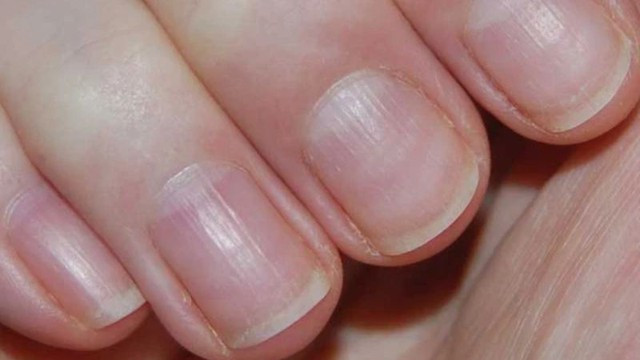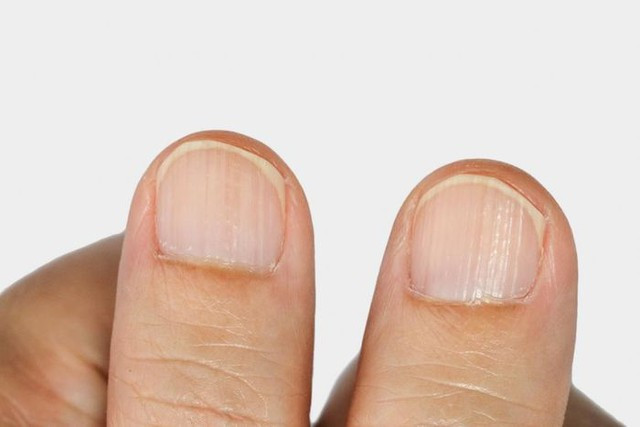Fingernails, toenails, along with skin and hair, are part of the outer layer of the body. Sometimes the color and changes of fingernails and toenails are also a sign of a person's internal health.

Structure and function of fingernails and toenails
Nails are a modified form of skin, made up of a hard layer of keratin that grows from the epidermis of the dorsal surface of the fingers and toes. Nails have a protective function, helping to prevent damage to the dense nerve network in the extremities, and they also increase the sensitivity of the fingers and toes.
Besides, it is also a weapon for self-defense and attack, and nails also reflect the health of the body.
Nails have a structure similar to the stratum corneum of the skin, formed by the tight connection between keratin cells to create a hard layer. Compared to the stratum corneum, nails have a lower fat concentration of 0.15-0.75%, and a sulfur concentration of about 3%, higher than the stratum corneum.
Unlike bones, calcium does not affect nail growth. During the fourth month of pregnancy, the fetus begins to form nails on its fingers. Nails continue to grow throughout life.
Nails consist of 3 layers:
Change nail color
Nail Yellowing is a common symptom in people with nail fungus. When you have nail fungus, in addition to yellowing, your nails will also become thicker. In addition, yellow nails can also be a sign of thyroid disease, diabetes or psoriasis.
Green or gray-brown nails may indicate a deficiency of vitamin B12, an essential vitamin that helps keep cells healthy and makes DNA. White spots on nails may be due to vitamin and mineral deficiencies: Vitamins and minerals are important for skin, hair, and nails. If you are deficient in these essential nutrients, especially vitamins, calcium, and zinc, white spots may appear on your nails. In some cases, white spots on nails can also be caused by liver and kidney diseases.
Brittle nails and toenails
Deficiencies in the vitamins and minerals iron, biotin, and calcium can cause brittle, broken nails. One of the most common signs of iron deficiency anemia is brittle nails. Other causes include frequent hand washing or disinfecting, aging, nail products containing acetone, etc.
The most common cause of this condition is damage to the nails from chemicals and regular cleaning products. In addition, some other diseases can cause brittle nails, such as nail fungus or thyroid disease. Hypothyroidism is a condition in which the thyroid gland does not produce enough thyroid hormones, leading to fatigue, weight loss, and many other abnormalities in the body.
Flat or spoon-shaped nails
A deficiency of iron or vitamin C can cause spoon-shaped nails. Initially, the nail appears flat, but over time, a dent begins to form and the nail takes on a spoon-shaped appearance. Treating the iron deficiency or eating foods rich in iron and vitamin C can improve nail problems.
White vertical stripes on fingernails and toenails
If your nails are striped, your body may be lacking the following nutrients: protein, zinc, vitamin A, and iron. In addition to nutritional deficiencies, striped nails can also be a symptom of some dangerous diseases related to the kidneys and liver. If your nails have vertical lines for a long time and show no signs of improvement, you should be alert to problems with your liver and kidney function.
jagged nails
Jagged, jagged nail tips are common in people who have a habit of biting their nails regularly. This bad habit damages the nails, leading to jagged nails. In addition, jagged nails are also found in some nail diseases such as nail fungus.

Most people don’t pay much attention to their nails because they don’t think they’re important. When your nails have vertical white stripes, it can be a sign that something is wrong with your body. To have healthy nails and recover quickly from damage, you need to pay attention to care tips such as: